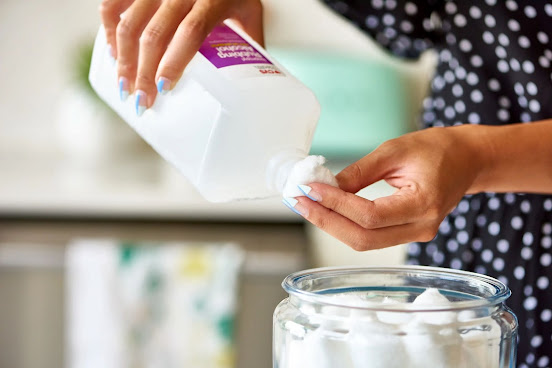Have you dreamed of a hospital smell perfume?
A common use of phenol in disinfectants can be explained by its antiseptic properties; they are capable of killing microorganisms such as bacteria, viruses and fungi [2]. Hence, it is commonly used in areas that require a high level of sterilization, including hospitals [3]. The hospitals constantly use disinfectants that contain a relatively high amount of phenol to kill microorganisms on the furniture and the floor. The constant use of phenol disinfectants throughout the day leaves a distinctive to get diffused across the rooms and hallways, eventually forming the ‘hospital smell’ in the building. On the other hand, only a few household products contain phenol, and they exist in a small to zero amount. Houses often do not require as high a level of sterilization as hospitals do, so the focus is more on having favourable scents than achieving absolute disinfection.
If you are obsessed with the hospital smell and you want to be surrounded by it all the time, putting a disinfectant with phenol in it on yourself might be a way… No, actually, it is not. Phenol is toxic and can be dangerous. It is corrosive and a health hazard that could cause phenol poisoning, skin irritation and organ damage [4]. It should be handled in lab settings with proper protection equipment. References [1] kwhitaker696. Flickr. https://flic.kr/p/58hLTJ (accessed 2024-02-12). [2] LibreTexts. 14.7: Phenols https://chem.libretexts.org/Courses/Eastern_Mennonite_University/EMU%3A_Chemistry_for_the_Life_Sciences_(Cessna)/14%3A_Organic_Compounds_of_Oxygen/14.07_Phenols (accessed 2024-02-09). [3] MERCK. Reducing Agents as Antiseptics and Disinfectants for Use With Animals https://www.merckvetmanual.com/pharmacology/antiseptics-and-disinfectants/phenols-and-related-compounds-as-antiseptics-and-disinfectants-for-use-with-animals (accessed 2024-02-12).
[4] National Library of Medicine. Phenol https://pubchem.ncbi.nlm.nih.gov/compound/996#section=Structures (accessed 2024-01-30). |
![[1] [1]](https://blogger.googleusercontent.com/img/b/R29vZ2xl/AVvXsEiIJyojgirlr20W0dBHwIIxpiw4XwP64YtUD48b7pWxTfjkjAqW1ElHKcfDU4OtcUeq-hMDRRp6AWN4UU0XNqfIAc-kj4dSVgNQGI1rVfWX-wcTU5Kd895NS9jQk-JVjUN3JH8VsTh3FEBwhHvfQCRZa_MlhLdwzaLycoCSEkrLSd-X0DpERXNpQAB3TDKw/w320-h240/2707915352_9e01506083_c.jpg)

Comments
Post a Comment